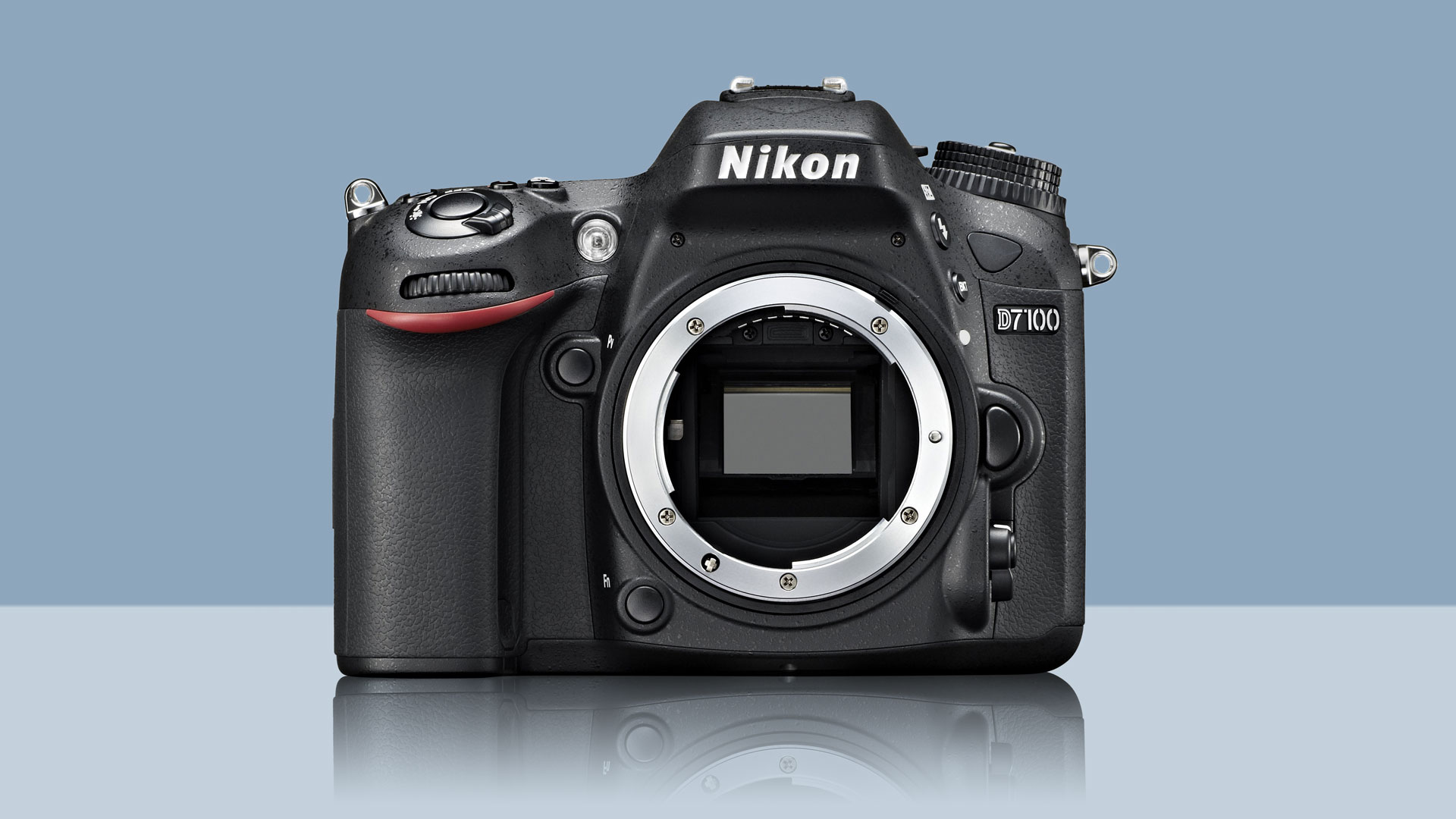Why you can trust TechRadar
Nikon is aiming the D7100 squarely at enthusiast photographers, and these users like to shoot a bit of everything, from landscapes to sport and macro subjects to wildlife with everything else in between. Consequently the Nikon D7100 needs to be an all-rounder.
With its 51 AF points and 6 or 7fps continuous shooting rate, the Nikon D7100 seems like a good choice for sports and wildlife enthusiasts, but even with a Class 10 SD card installed it has a relatively low burst depth.
When shooting DX format images we were only able to squeeze out around 12-15 Fine quality JPEG images or six raw files before the frame rate dipped below the 6fps maximum.
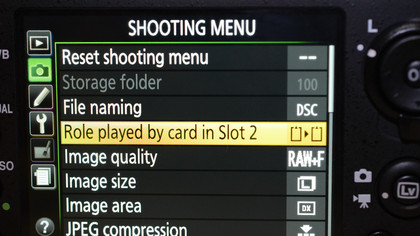
It only takes just over two seconds to fire off these JPEG shots (or one second for the raw files), so timing is of the essence - not that this will phase most experienced photographers.
This is where the larger buffer capacity of the D7200 will make a big difference, both for raw shooters and even those who are happy to shoot JPEGs. It's one of the main criticisms of the D7100 for action fans.
On the plus-side, the autofocus system in the D7100 (just like the D7200) is fast and accurate, getting the subject sharp in next to no time in most situations and successfully tracking moving objects.
Using the new Nikkor 70-200mm f/4G ED lens with the AF-S TC-20E III 2x teleconverter we were also able to confirm that the AF system continues to function when the maximum aperture falls to f/8.
Sign up for breaking news, reviews, opinion, top tech deals, and more.
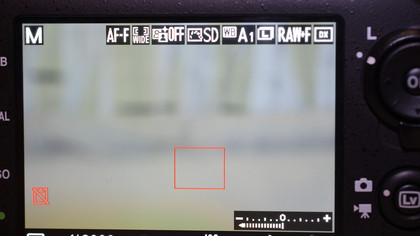
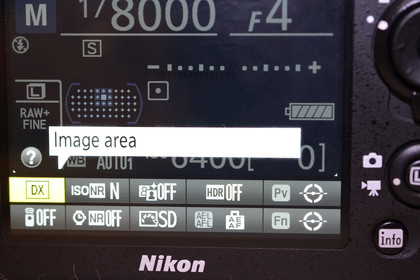
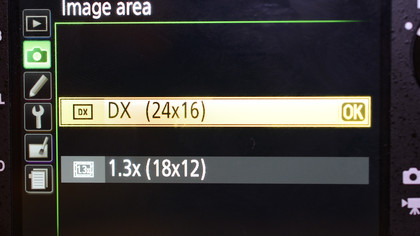
And rather than just the central AF point functioning, in half-decent light the whole array of 51 are operational, although using the 15 cross-type sensors gets the subject in focus quicker than the outer points. If light levels fall, however, you have to stick with the central AF point.
Our resolution tests indicate that while the Nikon D7100 can't resolve any more detail than the 24MP Nikon D3200 and Nikon D5200 at the lower sensitivity settings, the images look very slightly sharper at 100% on-screen. The images are also a little more naturally sharp straight from the camera, with no sign of haloing and a very smooth loss of detail as the resolution limit is exceeded.
As the sensitivity level is pushed up, the Nikon D7100 manages to record more detail than either the Nikon D3200 or Nikon D5200, but this is at the expense of a little noise. The advantages of the non-anti-aliased sensor design look subtle rather than obvious in this instance.
Comparing high sensitivity images from the Nikon D7100 with those from the Nikon D5200 and Nikon D3200 reveals that the Nikon D7100's images have quite a bit more chroma noise.
We suspect that Nikon has set the D7100's processing engine to produce noisier images to preserve the detail, because this is more likely to appeal to the photographic enthusiasts.
These experienced users are more likely to shoot raw files and process them carefully to strike the right balance between noise and detail resolution than novice photographers, who are more comfortable with the Nikon D3200 and shooting JPEG images.
At ISO 3200 and 6400 the Nikon D7100 generally produces images with fine-grain noise without any clumping or the banding that troubles images from the Nikon D5200. As a result they look good when sized to make A3 sized (16.5 x 11.7-inch) prints and they make excellent monochrome images.
There are no surprises with the Nikon D7100's automatic white balance system, since it manages to cope reasonably well with most lighting conditions that it encounters. As usual, though, a custom white balance setting is the best option under mixed or artificial lighting.
In most cases the camera manages to produce vibrant but natural-looking colours, only occasionally over-saturating bright greens when the Landscape or Standard Picture Control options are selected.
The reactions of the D7100's metering system are a little complex. In many situations it delivers a perfect result when left to its own devices, but there were quite a few occasions when shooting under an overcast sky during this test that we had to use the exposure compensation control to get the result we were looking for.
In most instances we had to dial in 1/3EV or 2/3EV, but some shots required as much as 1EV extra exposure above what the Matrix metering system suggested. Conversely, on a few occasions a little underexposure was required to preserve the highlights in the sky.
The TechRadar hive mind. The Megazord. The Voltron. When our powers combine, we become 'TECHRADAR STAFF'. You'll usually see this author name when the entire team has collaborated on a project or an article, whether that's a run-down ranking of our favorite Marvel films, or a round-up of all the coolest things we've collectively seen at annual tech shows like CES and MWC. We are one.
